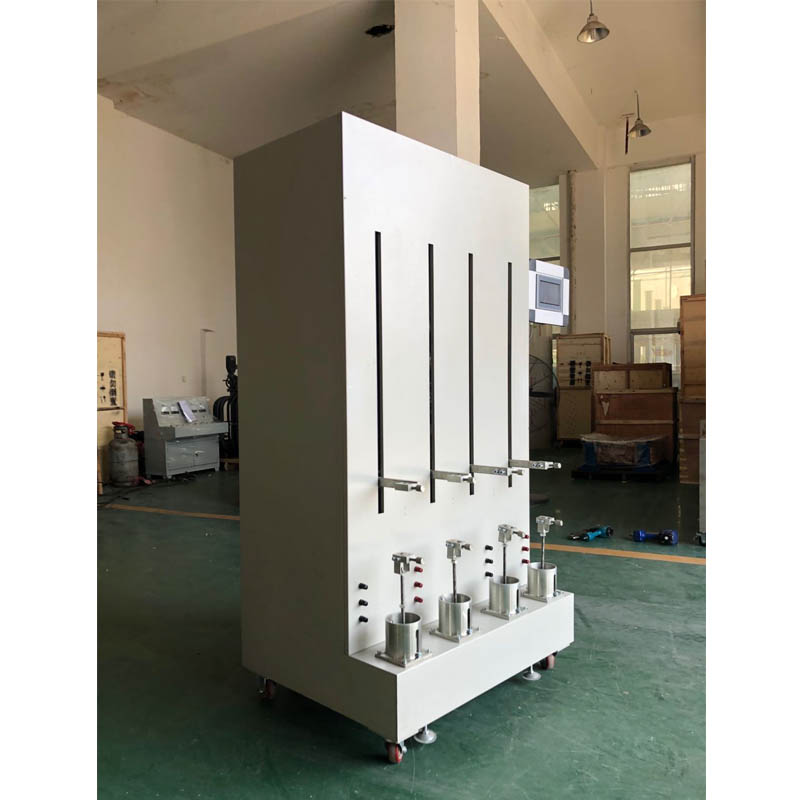resistance test
Understanding Resistance Testing A Critical Approach in Electrical Engineering
In the realm of electrical engineering, ensuring the integrity and reliability of electrical components is paramount. One essential procedure that engineers and technicians engage in is resistance testing. This process not only helps in diagnosing electrical issues but also plays a vital role in quality assurance during manufacturing and maintenance of electrical systems.
Resistance testing involves measuring the resistance of electrical components or systems to assess their performance and stability. It is a straightforward yet powerful diagnostic tool used to ensure that components such as resistors, cables, and circuit boards function within their operational specifications. By understanding resistance, engineers can make informed decisions about repairs, replacements, or system upgrades, ultimately ensuring that electrical systems operate safely and efficiently.
The Importance of Resistance Testing
The significance of resistance testing cannot be overstated. It serves various critical functions
1. Safety Assurance One of the foremost reasons for conducting resistance tests is to ensure the safety of electrical systems. High resistance can indicate potential faults, such as damaged insulation or corroded connections, which could lead to short circuits or electrical fires. By identifying and rectifying these issues before they escalate, resistance testing plays a crucial role in safeguarding lives and property.
2. Performance Evaluation Resistance testing helps in evaluating the performance of electrical components. For instance, the resistance of a motor winding should be within a specific range for optimal operation. Deviations from this range might suggest wear and tear or manufacturing defects. Through resistance testing, engineers can track these variations and take corrective actions to prevent failures.
3. Quality Control In manufacturing, resistance testing serves as a quality control mechanism. Components are often tested during and after the production process to ensure they meet defined specifications. This step is vital in minimizing defects and enhancing the overall quality of electrical products.
4. Preventive Maintenance Regular resistance testing is a cornerstone of preventive maintenance strategies. By creating a schedule for resistance measurements, organizations can detect issues long before they lead to catastrophic failures. This proactive approach saves time and costs associated with emergency repairs.
resistance test

The Process of Resistance Testing
The procedure for resistance testing varies depending on the type of component being tested and the specific requirements of the electrical system. However, the general steps are as follows
1. Preparation Before testing, it is essential to ensure that the circuit is de-energized. This safety precaution protects the technician and the testing equipment. Components may need to be disconnected to obtain accurate readings.
2. Selecting the Right Equipment Various instruments are available for resistance measurements, including multimeters, ohmmeters, and specialized insulation resistance testers. The choice of equipment depends on the resistance range to be measured and the application.
3. Conducting the Test The chosen testing device is connected to the component in question. The technician initiates the test, and the device provides a resistance reading. It is crucial to follow the manufacturer's guidelines for testing procedures to ensure accuracy.
4. Interpreting the Results The obtained resistance values are compared against the accepted standards for the specific component. If the readings fall outside the acceptable range, further investigation is required to determine the underlying causes.
Concluding Thoughts
In conclusion, resistance testing is an indispensable tool in electrical engineering that ensures safety, enhances system performance, and supports quality control. As technology continues to evolve, the methods and instruments used for resistance testing will undoubtedly advance, offering even greater accuracy and efficiency. Embracing these practices not only fosters safer electrical systems but also enhances the overall sustainability of electrical infrastructure. For engineers and technicians, understanding and implementing effective resistance testing strategies is essential in safeguarding the integrity of electrical components and systems in a complex and ever-evolving technological landscape.
-
Why the Conductor Resistance Constant Temperature Measurement Machine Redefines Precision
NewsJun.20,2025
-
Reliable Testing Starts Here: Why the High Insulation Resistance Measuring Instrument Is a Must-Have
NewsJun.20,2025
-
Flexible Cable Flexing Test Equipment: The Precision Standard for Cable Durability and Performance Testing
NewsJun.20,2025
-
Digital Measurement Projector: Precision Visualization for Modern Manufacturing
NewsJun.20,2025
-
Computer Control Electronic Tensile Tester: Precision and Power for the Modern Metal Industry
NewsJun.20,2025
-
Cable Spark Tester: Your Ultimate Insulation Assurance for Wire and Cable Testing
NewsJun.20,2025
 Copyright © 2025 Hebei Fangyuan Instrument & Equipment Co.,Ltd. All Rights Reserved. Sitemap | Privacy Policy
Copyright © 2025 Hebei Fangyuan Instrument & Equipment Co.,Ltd. All Rights Reserved. Sitemap | Privacy Policy
